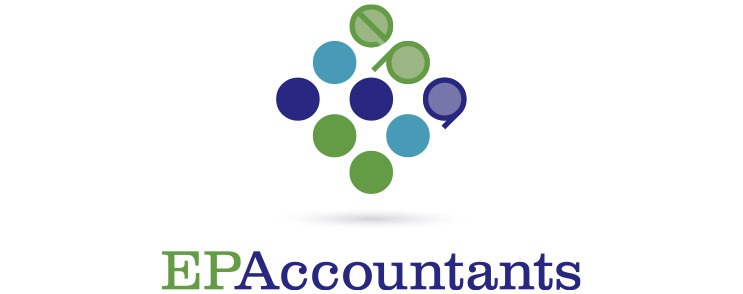Companies often have two different company accounting periods. This is because there are different rules for Companies House filings and for returns sent to HMRC.
The accounting periods can be the same but can also differ and a change may need to be made to ‘sync’ the accounting periods. As a general rule the Companies House rules are more flexible and under certain circumstances it is possible to make a change to the year end. The Companies House accounting period can sometimes run for more or less than 12 months.
A tax accounting period for Corporation Tax purpose cannot be longer than 12 months. This can mean that you will need to file two returns to HMRC to accommodate the maximum 12 month rule.
If your accounts cover less than 12 months, then your accounting period will normally end on the same day and will be shorter than 12 months. This can happen if the company stops trading or shortens its company’s year-end also known as its accounting reference date.



